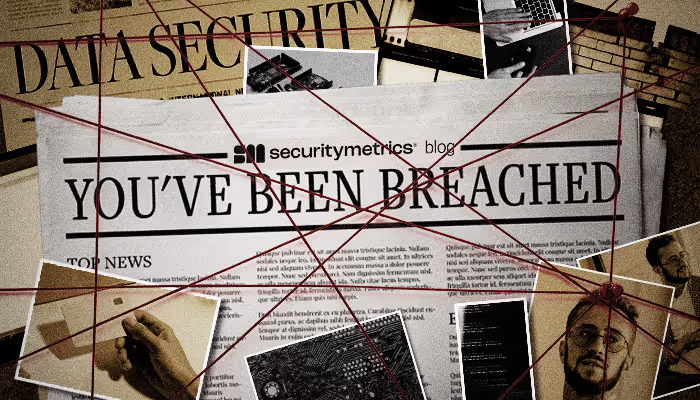A breach doesn’t have to be the end of the world—or your business. How you respond matters more than what happened.

If you're reading this, odds are your company has just discovered a data breach. First off: take a breath. It's stressful, it's disruptive, and it always seems to happen late on a Friday and your weekend is now shot.
But don't panic. Let’s walk through what to do next—step by step, with clarity, professionalism, and a bit of real talk.
Think of your network like a crime scene. What’s the first thing detectives say? “Don’t touch anything.”
That means:
Preserve everything.
Forensic investigators need access to an untouched environment to determine:
Here’s something we need to say delicately:
In PCI-related breaches especially, the consequences can be severe—fines, penalties, reputational damage. That pressure can trigger a very human reaction: "Let’s just quietly fix this before anyone notices." We get it. But resist that urge.
Intentionally hiding or destroying evidence can backfire catastrophically. Investigators can often tell when logs have been tampered with or deleted, and when they do, the resulting adverse inference can be far more damaging than the original error. In short, the cover-up costs more than the breach. You didn’t intentionally allow a breach to happen. This happened to you, but it is important to maintain transparency so that this can be fixed permanently and so you do not have to go through this again in 6 months.
Full transparency helps:
Start documenting immediately:
This documentation will help investigators, legal counsel, and your own leadership understand the timeline and response.
Once you’ve preserved the evidence, it’s time to contain the damage.
That might mean:
You don’t necessarily need to unplug your entire business from the internet, but you do need to stop the bleeding.
Also: control the internal narrative. Avoid blasting out an all-staff email saying, “We’ve been hacked.” Keep the circle small until you’ve engaged the right experts and developed a coordinated response.
Unless you have certified, experienced incident responders on staff, now is the time to bring in experts.
If cardholder data is involved, your payment processor may require you to engage a PCI Forensic Investigator (PFI). These firms are certified to:
In addition to a forensic firm, you should also:
Avoid DIY investigations unless you have the credentials, tools, and objectivity to do it right.
Once you understand the scope of the breach, it’s time to inform the public. You don’t need to hold a press conference, but you do need to control the message.
Be proactive, not reactive. Prepare a clear, factual statement addressing:
Be transparent, but don’t speculate. Saying too much too soon can create more confusion than clarity. Get your facts straight before speaking.
Done right, this moment can build trust, not destroy it.
Once the fire is out, don't just rebuild—rebuild smarter.
Key takeaways:
A breach doesn’t have to be the end of the world—or your business. How you respond matters more than what happened.
So take a breath. Take the right steps. And take control of your story.
Oh—and next time, schedule your breach for a Monday. (Just kidding. Mostly.)